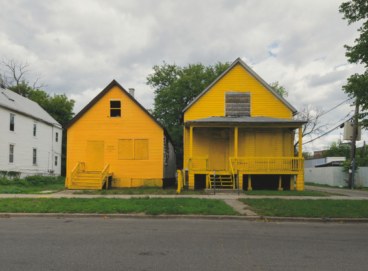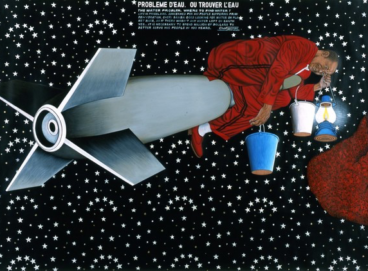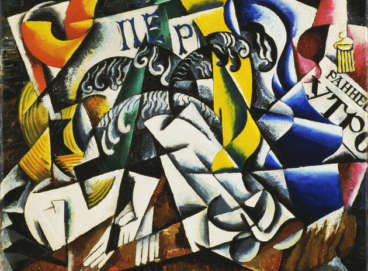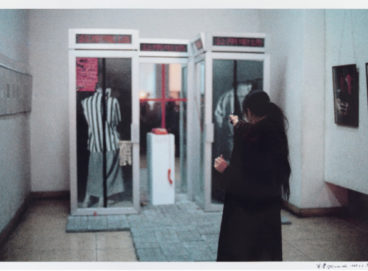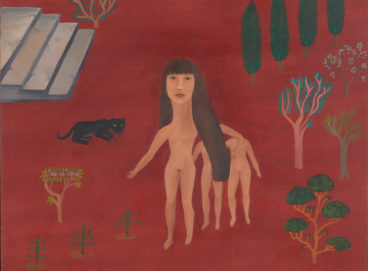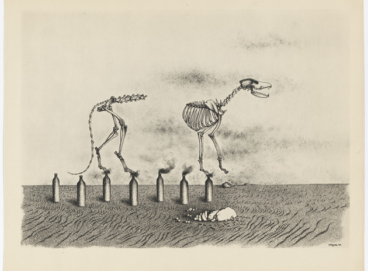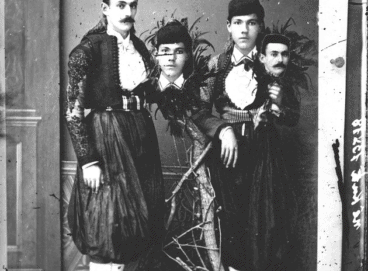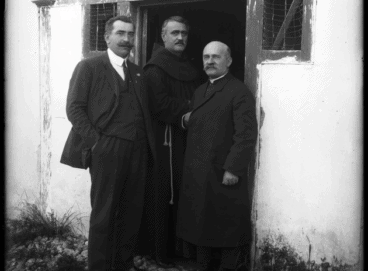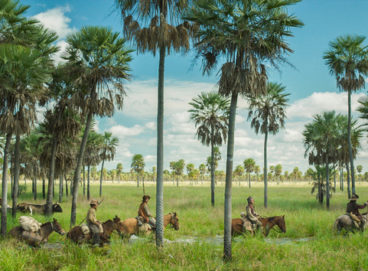What Color Is Racism?
Amanda Williams painted eight condemned houses in and around Chicago’s Englewood neighborhood, selecting colors from the consumer products and companies marketed to the Black communities of the city’s South Side. The project highlights the ways we construct meaning from color, how these associations are inextricably linked to race and class, and how they connect to the long-standing history of public disinvestment in Black neighborhoods.
